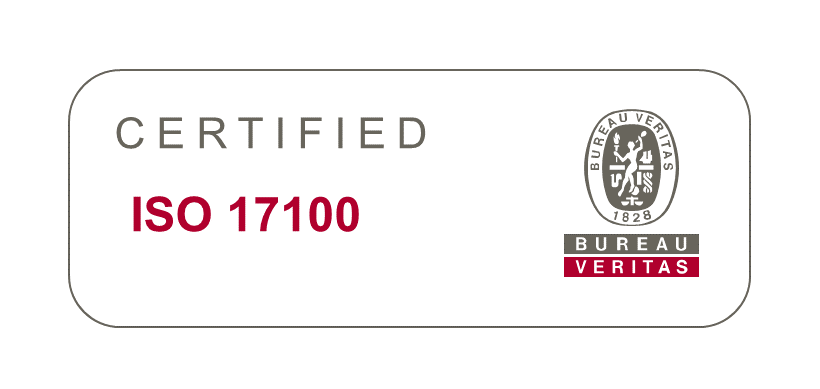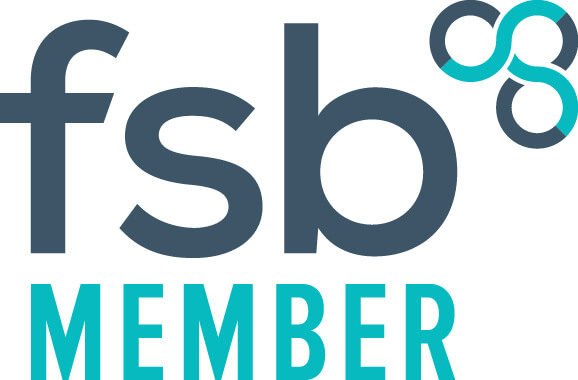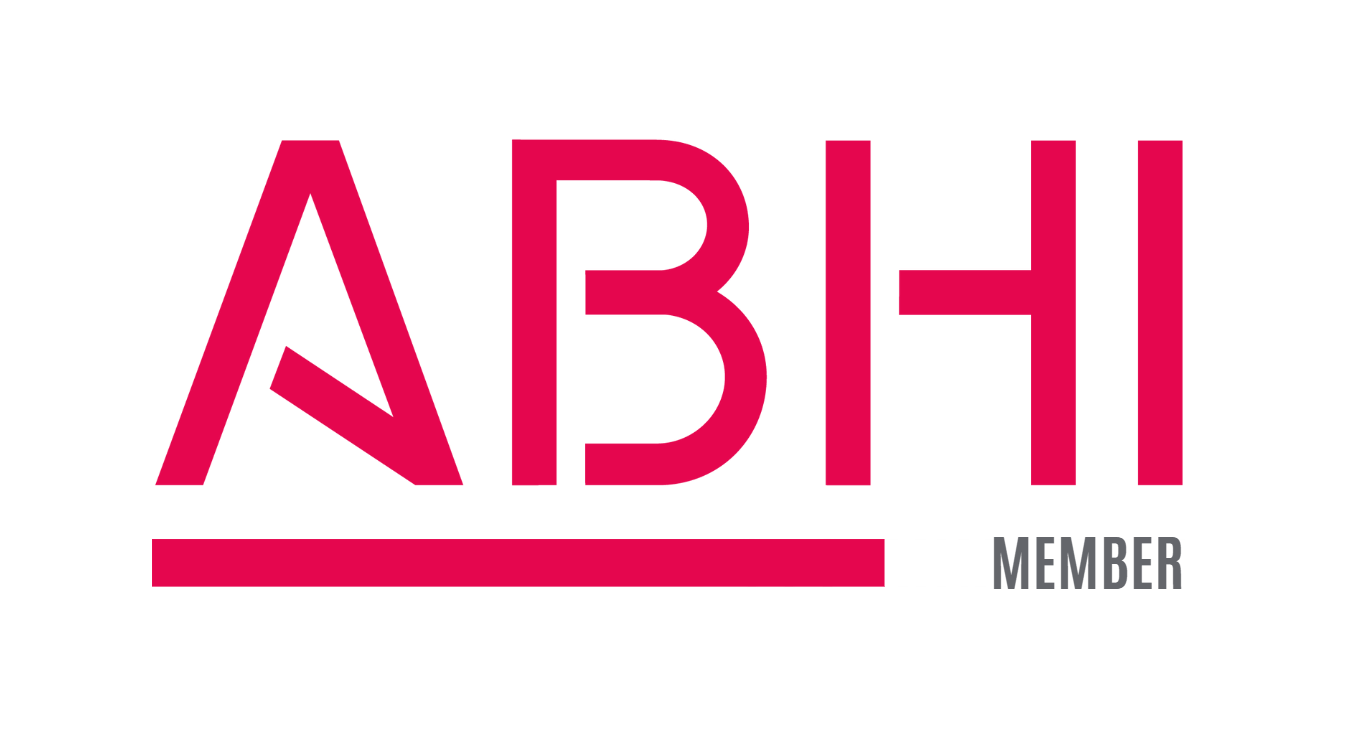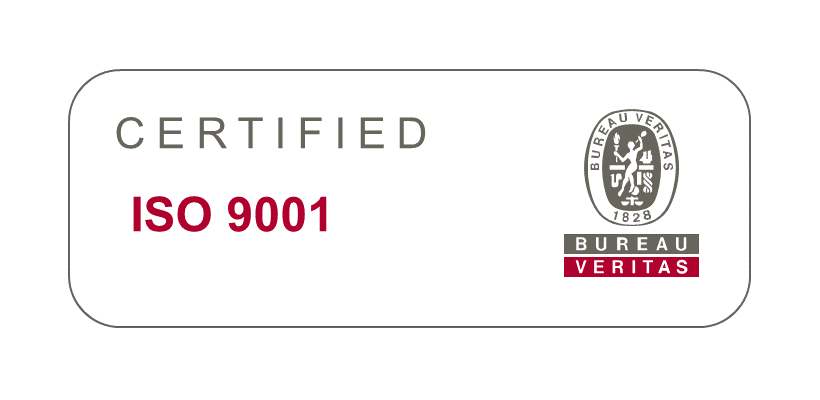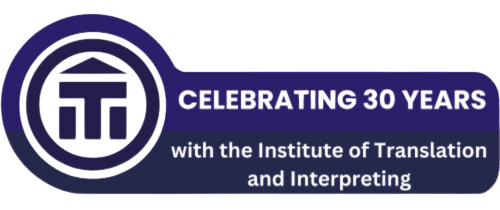Translation into Italian
Translation into Italian – si! Italian translation is currently one of our top 4 languages we translate into, together with English, German and French.
Due to the nature of the language itself and the complexity of its grammar and sentence structure, translations are usually longer than the original English text, as you would expect for all Neo-Latin languages. It’s no surprise then that texts where character counts are limited, can give translators a hard time, especially when it comes to subtitling and social media marketing translations, where less is more!
A bit of History
Italian is a Romance language primarily spoken as an official national language in Italy, San Marino and Vatican City, but also in the Sovereign Military Order of Malta and in Switzerland, and spoken as a minority language in some areas of Slovenia and Croatia.
Thanks to a wide diaspora, Italian is also a minority language in various countries across the world, including in the United States and Australia. In fact, there are around 85 million Italian speakers across the world, including 65 million native speakers within the European Union.
What makes Italian language very interesting is the number of dialects. Oops, did we say ‘dialects’? Erroneously called dialects, these are better classified as separate languages that evolved from the Vulgar Latin independently and not variations of the Standard Italian language. Standard Italian is based on 13th century Florentine Tuscan which became the language of culture throughout Italy due to the prestige of Dante Alighieri, who is one of the most famous Italian writers of all time, alongside Petrarch and Boccaccio. His best known work is the Divine Comedy. For his role in establishing modern Italian, Dante is often referred to as the “father of the Italian language.”
Italian only became a single, official language in 1861, when the peninsula was unified as one single state.
As with other Romance languages (and English), Italian uses a Roman script. However, the Italian alphabet only contains 21 letters. That’s right: j, k, w, x and y don’t exist in Italian, except for in loan words, words that have been borrowed from other languages and are currently in use (i.e. ‘jeans’).
The Longest Word
The longest word in the Italian language is said to be ‘precipitevolissimevolmente’, with its 26 letters and which stands for ‘very hastily’. However, the medical term ‘esofagodermatodigiunoplastica’, referring to a type of plastic surgery surpasses it by 3 letters.
Italian loves double consonants. In fact, some words have as many as three pairs of consonants, as in ‘sottopassaggio’ (subway), ‘appallottolare’ (to ball up), ‘disseppellire’ (to dig up), ‘atterraggio’ (landing). However, ‘soqquadro’ is the only word in Italian that has double ‘q’.
Vowels are no less favoured though: the words ‘ghiaiaiuolo’ and ‘cuoiaiuolo’ contain eight consecutive vowels. Wow! And ‘aiuole’ is the shortest word to contain all the five vowels.
Tongue twisters!
The most popular (and difficult!) tongue twister in Italian is ‘Trentatré trentini entrarono a Trento tutti e trentatré trotterellando’ that translates to ‘Thirty three people from Trento entered the city, all thirty three waddling’.
False Friends!
Some Italian words sound very similar to other English words but they have a complete different meaning. That’s what we call false friends!
‘Rumore’ doesn’t mean ‘rumor’ but ‘noise’.
The Italian meaning of ‘pretendere’ is not ‘to pretend’, but ‘to expect’.
Talking about someone as being ‘simpatico’, means they’re ‘nice’, not ‘simpathetic’.
‘Educazione’ stands for ‘good manners’, not ‘education’.
Therefore, it is very important to keep this in mind when translating from and into Italian.
A musical language
A number of Italian loanwords such as crescendo, a cappella, forte, maestro, orchestra and soprano are widely used in the English language and well known among music lovers. In fact, with many composers and musicians being Italian when musical notation appeared during the Renaissance and Baroque periods, Italian became (and still is) the language of classical music.
Culinary truths and myths
Garlic bread: to be or not to be?
If you think that Italians love garlic bread then you couldn’t be any more wrong! In Italy bread is usually served plain and, most importantly, it’s not an appetiser! So, if you’ve walked into a restaurant, sat at a table and got your order taken, make sure the waiter doesn’t walk off with the basket of bread!! As a good Italian, you want to save the bread to ‘mop up’ any sauce left on the plate after eating. This is what we call ‘fare la scarpetta’.
Spaghetti and meatballs? Mm… no, thank you!
Unlike the common belief, spaghetti and meatballs is not an authentic Italian dish. In fact, there aren’t many pasta dishes topped with meat. Same for chicken and pasta, which you’ll struggle to find on any menus of authentic Italian restaurants.
Coffee please! How do you take it?
In most cities nowadays you’ll be lucky to walk 100 yards without seeing a coffee shop. Starbucks, Costa, Café Nero, all serving fancy Italian sounding coffees. But how much coffee do Italians really drink? And how do they drink it?
If you’re asking for a ‘latte’, then you should know that the word ‘latte’ in Italian means ‘milk’, so if you walk into an coffee shop in Italy and order a latte don’t be surprised if you’ll get a half a pint of cold milk!
An espresso is probably the most popular choice Italians would go for. It works at any time of the day! Great way to make a start in the morning, it will finish you off nicely after lunch. On the other hand, coffee with milk is something reserved for breakfast time, you’ll never see an Italian ask for a Cappuccino after around 11am!
Famous Non-Native Speakers
Colin Firth learnt Italian for love. He met his wife, Livia Giuggioli, a director and producer on the South American set of Nostromo in 1996. He “married into Italy” he said, and “when you marry an Italian you don’t just marry one person, you marry a family and perhaps an entire country”. Now they own homes in Umbria and London.
Audrey Hepburn spoke six languages, reportedly fluent in English, Dutch, Italian, French, Spanish and German. Although she never appeared in a foreign language film, she used her languages often in her work as a UNICEF Goodwill Ambassador.
Shakira has a good command of Romance languages. In fact, the pop star speaks Spanish, English, Italian, French and Portuguese.
The list also includes Gerard Depardieu, Jodie Foster, Penélope Cruz, Vincent Cassel, Anne Hathaway and Marisa Berenson.


